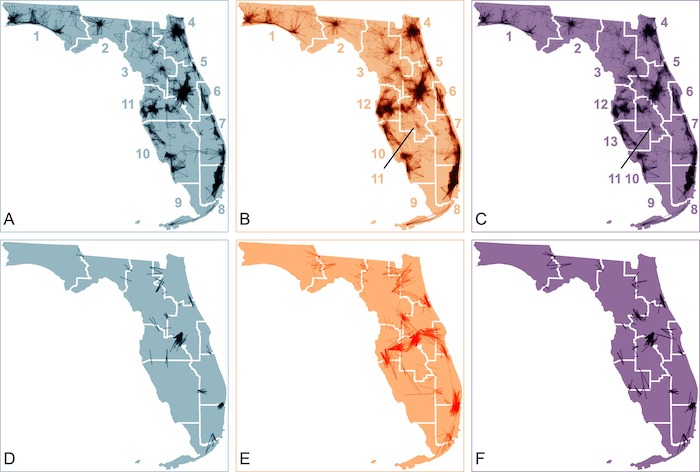
HU – Delineating and comparing local labor market geographies of Millennials, Generation Xers, and Baby Boomers
Yujie Hu, Jing Huang
Article first published online: 5 November 2022
DOI: https://doi.org/10.1016/j.tbs.2022.10.012
ABSTRACT: There has been an increasing share of older workers in America’s workforce as Baby Boomers continue to age into this group. This raises questions about what their local labor markets look like in space and how they differ from Millennials and Generation Xers who are also active in today’s workforce. However, even though significant generational (or age) differences in commuting distance have been well documented, questions about generational disparities in local labor market geographies have not been investigated. Although several definitions of market areas exist, they were delineated using all commuting trips made by all workers in a region and thus may not be representative of subgroups of workers. The aim of this research is to delineate generation-specific local labor market areas and compare how they differ from one another. Using flow visualizations and three employment self-containment indices applied to a Longitudinal Employer-Household Dynamics dataset of Florida, this research finds that the core-based statistical areas, a popular definition of local labor market areas, understate the true market geographies across generational cohorts. It then delineates generation-specific market areas using a popular community detection method and compares their geographies using the self-containment indices. Results demonstrate largely consistent market geographies across the three generational cohorts in most regions in Florida. Most of these consistent market areas encompass two or more metros, indicating the emergence of functional megaregions centering on major metropolitan hubs. Substantial generational differences in market geographies do exist and concentrate in regions appealing to seniors along the Gulf of Mexico.
Read the full publication at Travel Behaviour and Society.